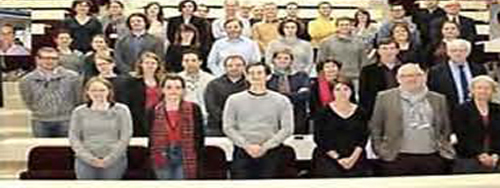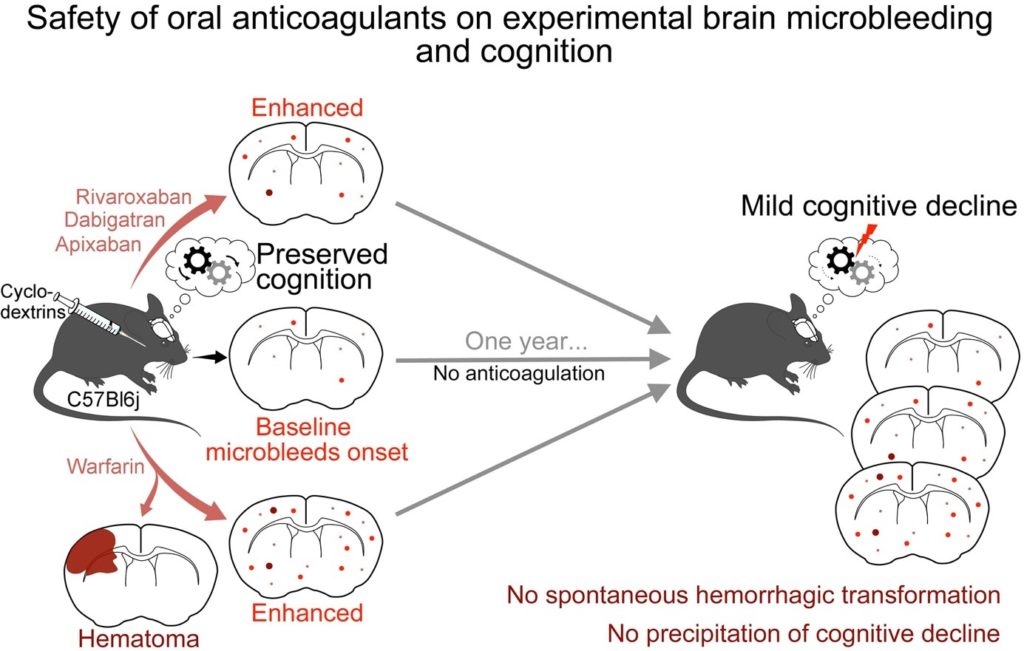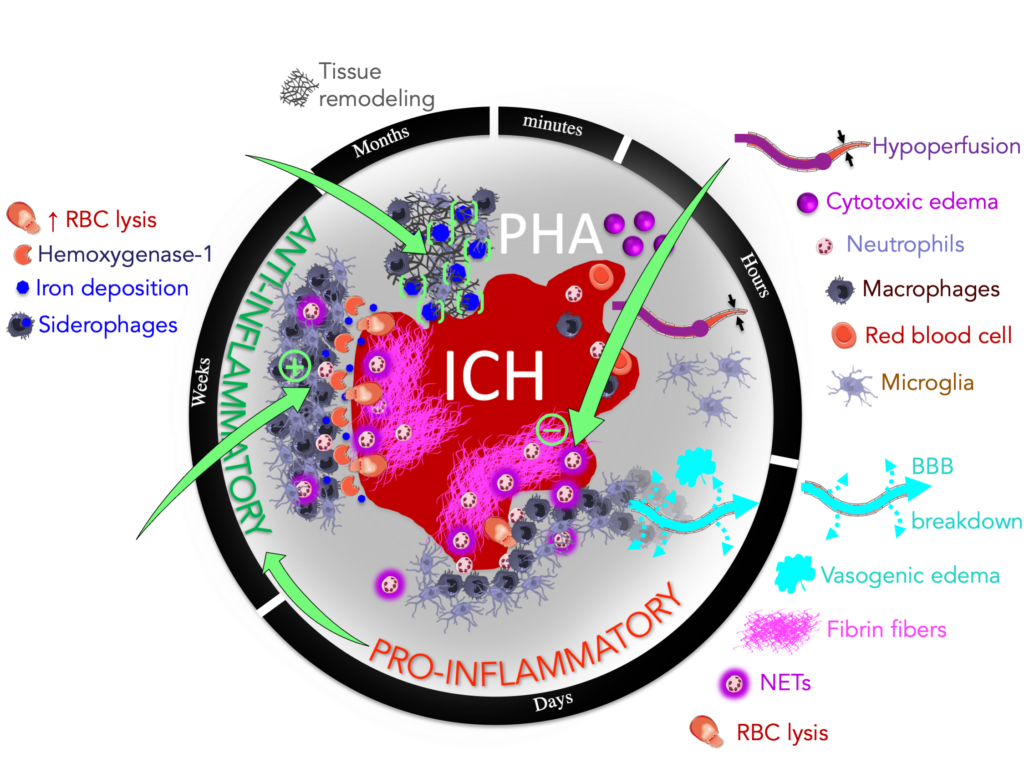Degenerative and vascular cognitive discorders

Presentation
This team, made up of clinical and pre-clinical researchers, is multidisciplinary. It is located at the interface between neurology, pharmacology and imaging. The research project is focused on the translational, transnosographic and multimodal study of cognitive disorders associated with degenerative processes or neurovascular lesions, starting from the observation that the mechanisms are entangled.
- BLOOD, BRAIN AND COGNITION
Project
The massive influx of blood into the brain can be a deadly event for people of any age. No specific treatment currently exists. And survivors experience a decline in cognitive function. Even microscopic haemorrhages, when there are several of them, no longer appear as harmless lesions for the elderly subject. This project brings together neurologists and scientists to understand the tissue and functional consequences of cerebral haemorrhages, both macroscopic and microscopic, and to assess the influence of vascular risk factors and anticoagulant treatments. The choice was made of a translational approach combining clinical and neuropathological studies, but also imaging and innovative experimental models.
Team: Maud PETRAULT, Laurent PUY, Manon HAAS, Giuseppe SCOPELLITI, Antoine RAUCH, Olivier PETRAULT, Barbara CASOLLA, Marco PASI, Patrick GELE, François CAPARROS, Thavarak OUK, Michèle BASTIDE, Charlotte CORDONNIER, Vincent BEREZOWSKI.
Highlights
- Microhemorrhages have an inherent deleterious effect on cognition even in middle-aged healthy mice, but this effect is not compounded by direct oral anticoagulants or hypercholesterolemia.

- In humans, NETs (neutrophil extracellular traps) interact with hemostasis in the intracerebral hematoma (ICH), and a novel natural history of neuroinflammation in the perihematoma (PHA) area, opening up potential therapeutic targets (green) .

- Development of a unique model of disseminated cerebral microhemorrhages induced by nanoparticles in mice.

Publications
Brain Peri-Hematomal Area, a Strategic Interface for Blood Clearance: A Human Neuropathological and Transcriptomic Study. Puy L, Perbet R, Figeac M, Duchêne B, Deramecourt V, Cordonnier C, Bérézowski V. Stroke. doi: 10.1161/STROKEAHA.121.037751. Epub ahead of print. PMID: 35465695, 2022.
Neutrophil Extracellular Traps (NETs) infiltrate hematoma and surrounding brain tissue after intracerebral hemorrhage: a post-mortem study. Puy L, Corseaux D, Perbet R, Deramecourt V, Cordonnier C, Bérézowski V. Neuropathol Appl Neurobiol. 47:867-877, 2021.
Age and diet modify acute microhemorrhage outcome in the mouse brain. Pétrault M, Ouk T, Bastide M, Bordet R, Pétrault O, Bérézowski V. Neurobiol Aging 98 :99-107, 2021.
Safety of oral anticoagulants on experimental brain microbleeding and cognition. Pétrault M, Ouk T, Pétrault O, Bastide M, Bordet R, Bérézowski V. Neuropharmacology. 155:162-172, 2019.
Cerebral microbleeds: Beyond the macroscope. Pétrault M, Casolla B, Ouk T, Cordonnier C, Bérézowski V. Int J Stroke. 14:468-475, 2019.
